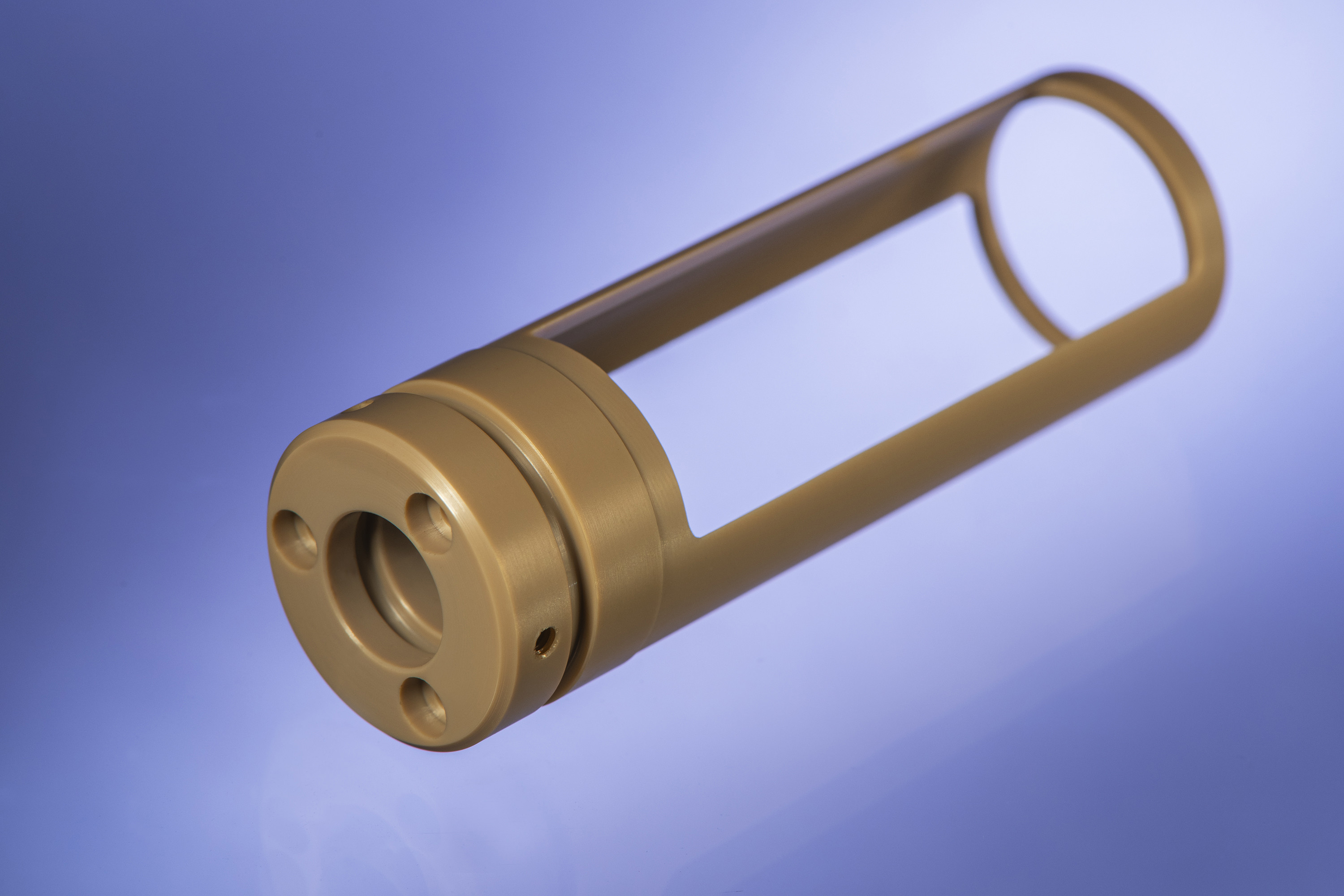
Documentation
Thermoplastics
The technical documentation on thermoplastics includes informative documents on thermoplastics in general, their properties and possible fields of application. In addition, the documents on the material groups provide an overview of their properties, which are presented graphically in selected diagrams.
Not all documents in the technical documentation are available in English. If required, please get in touch with your personal contact or contact us using the contact form.
General part
-
Plastics: A brief introduction
Plastics: A brief introduction
In this document you will learn more about the production, chemical structure and categorisation of plastics.
-
Plastics: Technical terminology
Plastics: Technical terminology
This document deals with the various terms and properties associated with plastics.
-
Laser marking
Laser marking
Plastic components are often labelled today for the purpose of component identification or batch traceability. Laser marking offers many advantages, which can be seen at a glance in this document.
Properties
-
Antistatic and electrically conductive plastics
Antistatic and electrically conductive plastics
This document provides information on the conductivity of plastics and uses examples to illustrate this.
-
Application temperatures
Application temperatures
This diagram shows and compares the application temperatures of various plastics.
-
Density
Density
This diagram shows and compares the density of various plastics.
-
Dielectric dissipation factor
Dielectric dissipation factor
This diagram shows and compares the dielectric dissipation factor of various plastics.
-
Dielectric strength
Dielectric strength
This diagram shows and compares the dielectric strength of various plastics.
-
Young's modulus
Young's modulus
This diagram shows and compares the Young's modulus of various plastics.
-
Moisture absorption / linear expansion
Moisture absorption / linear expansion
This matrix shows at a glance how different plastics behave in terms of moisture absorption and linear expansion.
-
Sliding plastics
Sliding plastics
This document serves as a guide for the selection of suitable plastics for sliding applications.
-
Sliding friction coefficient
Sliding friction coefficient
This diagram shows and compares the sliding friction coefficients of various plastics.
-
Linear expansion coefficient
Linear expansion coefficient
This diagram shows and compares the linear expansion coefficients of various plastics.
-
Price comparison for semi-finished products
Price comparison for semi-finished products
This diagram shows and compares the average price of various semi-finished plastic products.
-
Radioactive irradiation of plastics
Radioactive irradiation of plastics
This diagram shows and compares the influence of gamma radiation on various plastics.
-
Heat deflection temperature
Heat deflection temperature
This diagram shows and compares the heat deflection temperature of various plastics.
-
Creep rupture strength - Creep behaviour
Creep rupture strength - Creep behaviour
This diagram shows and compares the creep rupture strength and creep behaviour of various plastics.
Applications
-
Sliding applications
Sliding applications
Some plastics are ideal for applications where optimum sliding behaviour is required. You can find out which plastics are suitable here in this document.
-
Castors
Castors
Plastic castors are used in a wide range of applications. Plastics and polyurethanes are ideal when smooth running, wear or resistance to chemicals are required.
-
Medical technology
Medical technology
When plastics are used in medical technology, particular attention must be paid to selecting the optimum material. This document will help you with this.
-
Gear wheels
Gear wheels
Plastic gears are used, among other things, when dry running, good damping, smooth running or chemical resistance are important.
Material groups
-
Polyamide (PA)
Polyamide (PA)
Construction thermoplastic
-
Polyethylene (PE), polypropylene (PP)
Polyethylene (PE), polypropylene (PP)
Semi-crystalline standard thermoplastics
-
Polyetheretherketone (PEEK)
Polyetheretherketone (PEEK)
Thermoplastic high-performance plastic
-
Polyethylene terephthalate (PET), polybutylene terephthalate (PBT)
Polyethylene terephthalate (PET), polybutylene terephthalate (PBT)
Construction thermoplastics
-
Polyimide (PI)
Polyimide (PI)
Non-meltable high-performance plastic
-
Polymethyl methacrylate (PMMA), polycarbonate (PC), polymethylpentene (PMP), polyvinyl chloride (PVC) transparent
Polymethyl methacrylate (PMMA), polycarbonate (PC), polymethylpentene (PMP), polyvinyl chloride (PVC) transparent
Transparent thermoplastics
-
Polyoxymethylene (POM)
Polyoxymethylene (POM)
Construction thermoplastic
-
Polyphenylene ether (PPE)
Polyphenylene ether (PPE)
Amorphous high-performance thermoplastic
-
Polyphenylene sulphide (PPS)
Polyphenylene sulphide (PPS)
Semi-crystalline high-performance thermoplastic
-
Polysulfone (PSU), polyethersulfone (PES), polyphenylene sulfone (PPSU), polyetherimide (PEI)
Polysulfone (PSU), polyethersulfone (PES), polyphenylene sulfone (PPSU), polyetherimide (PEI)
Amorphous high-performance thermoplastics
-
Polytetrafluoroethylene (PTFE), perfluoroalkoxy (PFA), ethylene tetrafluoroethylene (ETFE), polychlorotrifluoroethylene (PCTFE), polyvinylidene fluoride (PVDF)
Polytetrafluoroethylene (PTFE), perfluoroalkoxy (PFA), ethylene tetrafluoroethylene (ETFE), polychlorotrifluoroethylene (PCTFE), polyvinylidene fluoride (PVDF)
Fluoroplastics
-
Polyvinyl chloride (PVC)
Polyvinyl chloride (PVC)
Amorphous standard thermoplastic